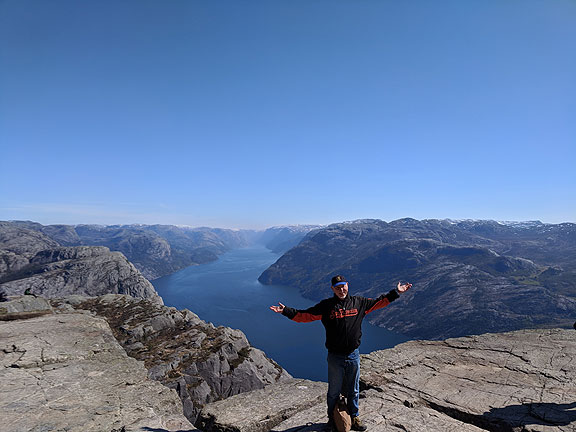
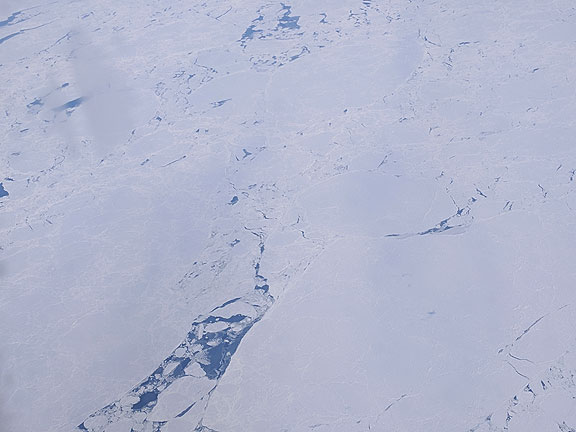
It’s been nearly a half a year since I’ve blogged! The time between posts has grown longer and longer largely because it’s mostly self-serving to publish here. I can say anything I want, I have maybe 1000 readers (probably much less after such a long hiatus), give or take a few score. I am glad for feedback when I get it, but it has become exceedingly rare.
I took a trip to Norway at the end of April with Adriana, to root her on in her appearance for the Mexican National Curling team at their first-ever appearance in the Curling World Championships in Stavanger, a town that is the home of Norway’s oil industry. Stunning fjords carved by ancient glaciers characterize the coastal areas of Norway, which is as far north as the middle of Alaska. Already in late April the sun was setting slowly long after 9:30 pm. I visited the oil museum in Stavanger. I ate a minke whale steak while in Bergen, a town that honors its role as the northernmost Hanseatic League town in the 1500s, when salted cod was its greatest export. The photos accompanying this post are mostly from the trip to Norway.

I, like many people, have fallen into a kind of trance these past months, frozen in the face of the inexorable march of bad news, watching our world descend from its everyday horrors into a spectacular form of barbarism. It’s not like we didn’t know that Obama was “more of the same” following the madness of the Bush-Cheney years, which in turn were a (notable) worsening of the already horrible Clinton era, which itself was a full capitulation to the logic of neoliberalism that the Reagan regime had launched on the foundations laid by Jimmy Carter’s pusillanimous four years to wrap up the 1970s, all of which put an end to the legacies of the half-century New Deal. The New Deal was never so great anyway, in spite of some my friends’ enthusiasm for it and its recent reinvention in a Green cloak. Based on the bedrock of private property and the private accumulation of capital, and ultimately the guarantee of prosperity by a globe-spanning militarism, both nature and humanity took a terrible beating during the slow dance called the Cold War that spanned the New Deal era. But it was by shaking off the “constraints” imposed by the wealth-spreading deals of European social democracy and the U.S. New Deal that the globe began its final descent into what is now an irreversible and catastrophic decline in terms of habitability for life as we’ve known it.
Not only has wealth concentrated at rates not seen since the end of the 19th century, but its necessary complement, extreme poverty, has also grown by leaps and bounds. The streets of San Francisco have seen a 17% increase in homelessness just in the past year, and that’s after a persistent population of 8,000-10,000 living on the streets and in cars since the early 1980s. Other cities like Los Angeles and New York report similarly entrenched populations living at the edge of survival amidst our much-touted prosperity. In the vast middle of the country, people work multiple low-wage jobs to make ends meet, often only managing due to ever-growing debts. Student loans have topped $1 trillion and WILL NEVER BE PAID. Opioid addiction, alcoholism, and general despair are rampant. One in five California children live in desperate poverty according to a recent radio program I heard, the worst in the country.
Everyone knows the emperor has no clothes, whether it’s the blatant venality of Trump and his minions, or the overarching fakery of the modern economy whose self-referential numbers all proclaim wild success even when so many are suffering a steady decline in quality of living. All the factors that produced the near-collapse in 2008 are still in place, worse than ever, with incalculable amounts of debt-derived money pushing along a fictional illusion of well-being. The concentration of capital in finance and land, and the extortionary inflated rents and home prices that funnel so much social wealth into the coffers of the criminal syndicates who built this house of cards, is as fragile as an old rickety chair, and as likely to shatter as fine crystal. The much-touted success of Google and Facebook is entirely dependent on advertising, a parasitical and worthless activity that can and will suddenly crumble when the chickens of climate and financial insanity come home to roost.
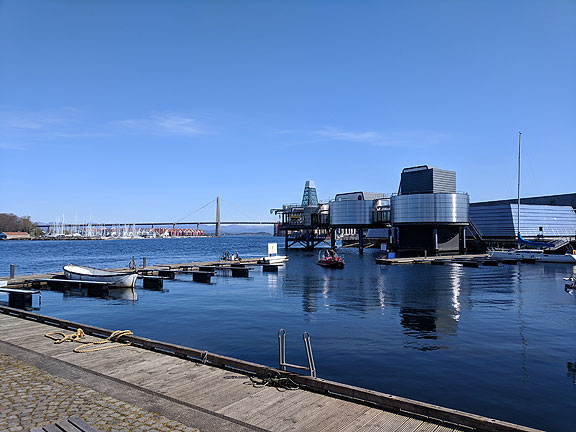
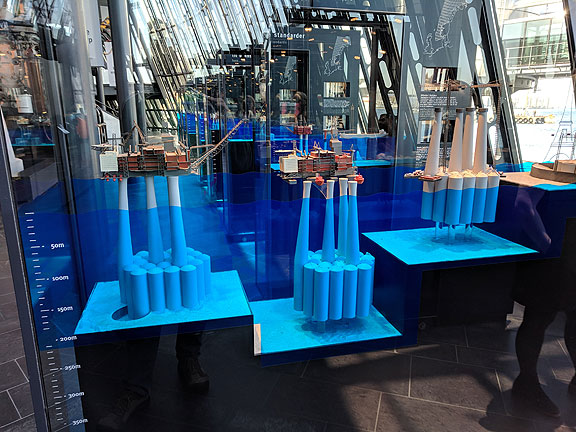
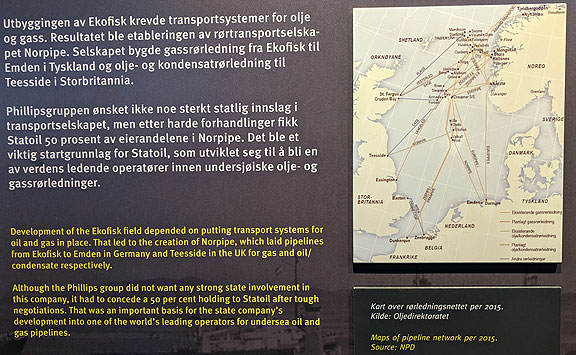
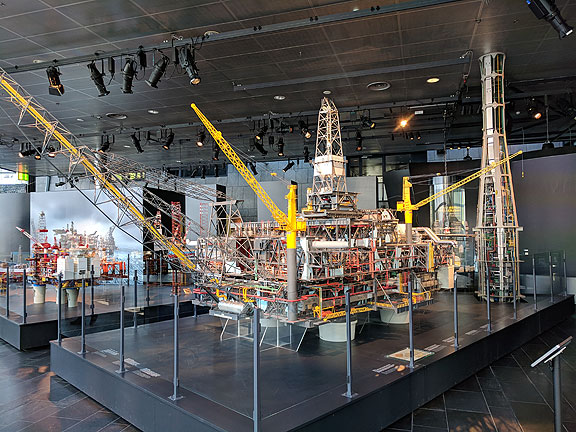
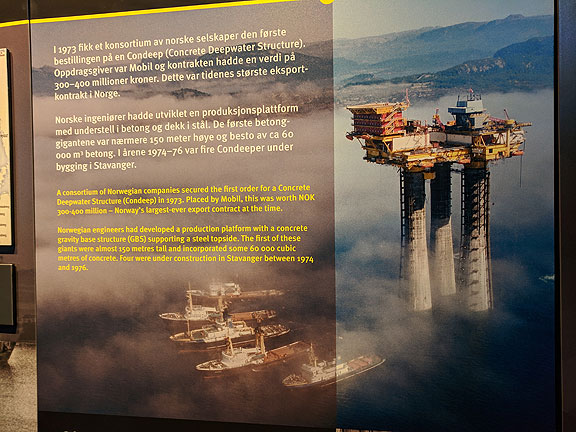
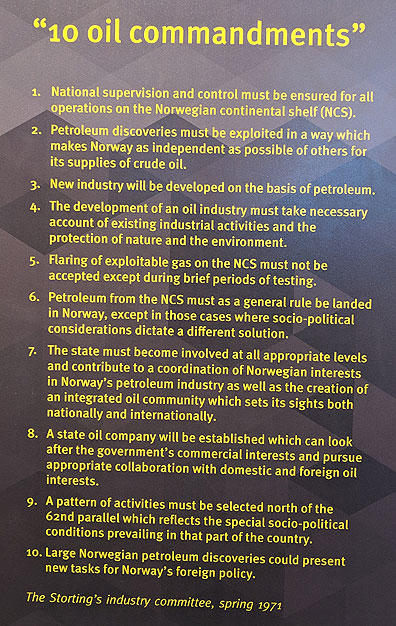
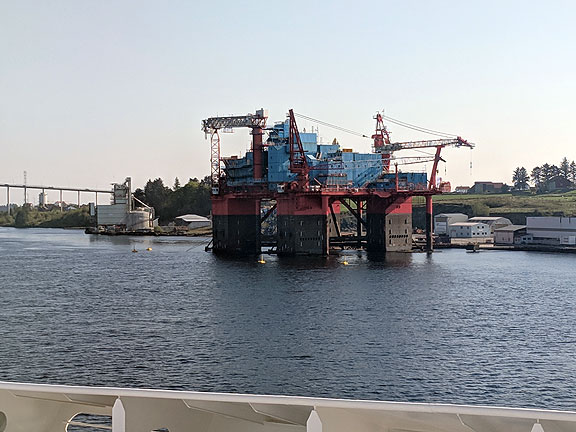
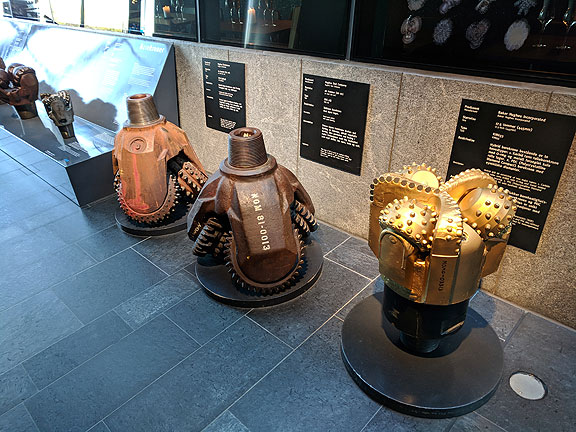
History is pounding on the doors in the form of decades of combustion and carbon emissions—the burning of millennia of organic wastes turned into carbon-rich oil, coal, and forests. Had we begun to slow—and ultimately stop—our dependence on fossil fuels in the brief sweater-wearing winter of Carter’s presidency, much of today’s record-breaking heat (guaranteed now to be superceded by far worse when the burning 1980s, 90s, and 2000s reach their full impact in the decades soon to come) could have been averted. Hell, we might have stabilized a new world order that actually promoted the flourishing of human cultures, natural systems, and generalized abundance! Oh yeah, that was NEVER on the agenda!
I’m mesmerized by melting ice. I’m spellbound by the horror of collapsing biodiversity. I rush to the shore to see King Tides breach the boundaries of land and water, a preview of the rising oceans that will flood our cities in within a couple of decades. I breathe a sigh of deep relief every time it rains, since I’m sure a decades-long mega-drought is about to begin in California any year now. So I went on a kick of reading a bunch of books that look at the climate crisis from various angles, scientific and historical, because as Andreas Malm eloquently put it in his book, “the air is heavy with time.” I read for about two hours every morning and that gives me the luxury of cruising through a lot of books in a fairly expeditious period… The books cited here are:
The Country and the City by Raymond Williams, Oxford University Press: 1973
The Uninhabitable Earth: Life After Warming by David Wallace-Wells, Tim Duggan Books, Crown Publishing: 2019
Austerity Ecology & The Collapse-Porn Addicts: A Defence of Growth, Progress, Industry, and Stuff by Leigh Phillips, Zero Books: 2015
The End of Ice: Bearing Witness and Finding Meaning in the Path of Climate Disruption by Dahr Jamail, The New Press: 2019
The Progress of This Storm: Nature and Society in a Warming World by Andreas Malm, Verso Books: 2018
Nature’s Mutiny: How the Little Ice Age of the Long Seventeenth Century Transformed the West and Shaped the Present by Phillipp Blom, W.W. Norton: 2019
Red Round Globe Hot Burning: A Tale at the Crossroads of Commons & Closure, of Love & Terror, of Race & Class,and of Kate & Ned Despard
by Peter Linebaugh, University of California Press: 2019
David Wallace-Wells has probably gotten the most attention for his very readable and succinct book The Uninhabitable Earth: Life After Warming. It’s a grim tour through a non-specialist’s presentation of the dire scientific reality that is well underway, confirming prognostications made decades ago. Physics is pretty damn predictable it turns out. Denialism and lying propaganda have successfully blocked a robust campaign to change course, and given the decades wasted on delusional stupidities, we are now certain to see some of the worst predictions come true. Though Wallace-Wells emphasizes that the biggest question about the climate crisis is what will humans finally do about it—if anything—he acknowledges that there is also “‘climate fatalism’ and ‘ecocide’ and ‘human futilitarianism.’”
Climate change suggests another kind of sphere, manufactured not out of technological mastery but first through ignorance, then indolence, then indifference—a civilization enclosing itself in a gaseous suicide, a running car in a sealed garage.
Peter Linebaugh’s latest magisterial work situates itself at the dawn of the Anthropocene, the “geological epoch [that] commenced with a machine, the steam engine, at the same historical moment that the study of the earth, or the science of geology, conceived of the earth as a machine with heat energy at its heart.” Linebaugh is on a search for Kate Despard’s resting place, the African-descended wife of Ned Despard, an Irish revolutionary who once served the English crown as a military commander on the east coast of Central America (then British Honduras, later Belize), and was later executed for plotting with fellow Irish rebels a revolt deep in the bowels of London. By crisscrossing Ireland, England, the Caribbean, and the U.S., he’s able to reveal the complicated sinews of human resistance at the dawn of the “Age of Iron, and old iron shops were a node of the underground economy. On the one hand, stolen iron could be fenced, while on the other hand, iron was the material of the legitimate, aboveground economy, enabling mechanization (machines), enclosures (locks and bars), and war (rifles, cannon).”
It is the beginning of the machine age, described by Andreas Malm as “a combination for speeding up the appropriation and solidifying the control over labour and nature. If [the machine] breaks down, it is because either autonomous labor or autonomous nature has re-emerged inside it and fiddled with some cogwheel or other. Then capital tries anew. “
Wallace-Wells is thinking about how short the historic epoch has been that brought us to this brink of self-destruction:
“That epic era once derided as “prehistory” accounts for about 95 percent of human history. For nearly all of that time, humans traversed the planet but left no meaningful mark. Which makes the history of mark-making—the entire history of civilization, the entire history we know as history—look less like an inevitable crescendo than like an anomaly, or blip. And makes industrialization and economic growth, the two forces that really gave the modern world the hurtling sense of material progress, a blip inside a blip. A blip inside a blip that has brought us to the brink of a never-ending climate catastrophe.”
Andreas Malm calls this the paradox of historicized nature:
“The more profoundly humans have shaped nature over their history, the more intensely nature comes to affect their lives. The more the sphere of social relations has determined that of natural ones, the more the reverse, towards the point of some breakdown… It really is nature that comes roaring back into society in a warming world, and it is time that flaps its wings as it does so. The nature that is knocking on the door of the postmodern condition—occasionally breaking it down, crashing through the glass, sweeping away screens, even in its heartlands—is … carried forward by a human past… more than the revenge of nature, this is the revenge of historicity dressed in nature… As historical time fell out of view with nature, they now come back together. ”
Of course, these historical processes are bound up in the social relations that developed over the same period of history. The key, in my opinion, is the rise of private property as the organizing principle of economic life. (This should always quickly be distinguished from personal property, which often gets conflated and really muddles the picture since everyone wants to own their own clothes and other obviously personal items. But private property is the bedrock social institution, the true religion of the United States, which allows very few to lord their control over the shape of our lives, whether we’re talking about the direction of technologies, urban design, transportation and communications infrastructure, political life, etc.). Once we put private property at the center of the origins of our current crisis, we have to extend our gaze further back into history to properly understand where and how this institution became so deeply ingrained in social life as to be virtually invisible to most people. The incessant claims by the wealthy that they “earned” their lucre through hard work, echoed recently by employees of tech firms, law offices, and hospital chains, are just so much ahistorical self-delusion. Raymond Williams took this on back in his seminal work The Country and the City in 1973:
Very few titles in property could bear human investigation in the long process of conquest, theft, political intrigue, courtiership, extortion and the power of money. It is a deep and persistent illusion to suppose that time confers on these familiar processes of acquisition an innocence which can be contrasted with the ruthlessness of subsequent stages of the same essential drives…. Whenever we encounter their proceedings in detail, the landowners, old and new, seem adequately described in the words of a modern agricultural historian: ‘a pitiless crew.’ … I am then very willing to see the city as capitalism, as so many now do, if I can say also that this mode of production began, specifically, in the English rural economy, and produced, there, many of the characteristic effects—increases of production, physical reordering of a totally available world, displacement of customary settlements, a human remnant and force which became a proletariat—which have since been seen, in many extending forms, in cities and colonies and in an international system as a whole.
It is quite common in these overheated days to lay the blame for our predicament on urbanism, on wild out-of-control expansion of modern technology and the life it shapes, and obviously that is an important factor in making sense of what is happening. But Williams goes deeper in his long look at the changes in England that traversed the middle ages to the 20th century, and situates the transformations before Industrialism in the changes in agricultural practices.
Since the dramatic transformations of the Industrial Revolution we have found it easy to forget how profoundly and still visibly agriculture altered the land. Some of the earliest and most remarkable environmental effects, negative as well as positive, followed from agricultural practice: making land fertile but also, in places, overgrazing it to a desert; clearing good land but also, in places, with the felling of trees, destroying it or creating erosion. Some of these uses preceded any capitalist order, but the capitalist mode of production is still, in world history, the most effective and powerful agency for all these kinds of physical and social transformation. The city is only one if now conventional way of seeing this kind of change; and the country, as almost all of us now know it, is undoubtedly another.
Curiously, it may have been early earlier period of sudden climate disruption that helped kickstart the new agricultural practices that in turn produced the enclosures and concentration of wealth that in retrospect seems inevitable. Phillipp Blom, writing about the Little Ice Age that starts in the late 1500s and runs into the 1700s, shows how frozen rivers and lakes, shorter growing seasons, and crop-destroying late winter storms disrupted what had been hundreds of years of traditional practices. The lands held in common and used by owners and the poor alike quickly became targets of appropriation to respond to falling wealth.
…adaptations to climate change had occurred like other evolutionary processes: through trial and error. The initial religious and moral response to the climate [in the late 1500s] had proven less effective than new agricultural techniques, new crops and property structures, new markets, harbors, roads, and canals. The most basic proposals for tackling the climate crisis came from gentlemen scholars we would today call botanists and agricultural engineers. Farming techniques that had changed little in the previous millennium were altered on the basis of experimentation and observation, and their results were published and widely disseminated. Estate managers with large, consolidated farming estates were willing to experiment with new crops such as sweet corn and potatoes, with new patterns of land use, and with steel plows instead of wooden ones. Larger cattle herds enabled them to use oxen for tasks such as plowing and pulling carts, to have more manure for their fields, and to produce milk, cheese, and meat for markets in the towns… For the rural poor, for day laborers, for farmers fleeing wars and religious persecution, and for those living in Europe’s expanding network of colonies and slave plantations, the rise of newly efficient markets, administrations, and military tactics was a near-unmitigated disaster. The enclosures of the commons and the consolidation of landed estates in Europe, increased taxation, inflation, deadly epidemics spreading in the hungry countryside or through cramped urban dwellings, to say nothing of the violence routinely unleashed against populations overseas—all this meant that, for most people, daily life became harsher.

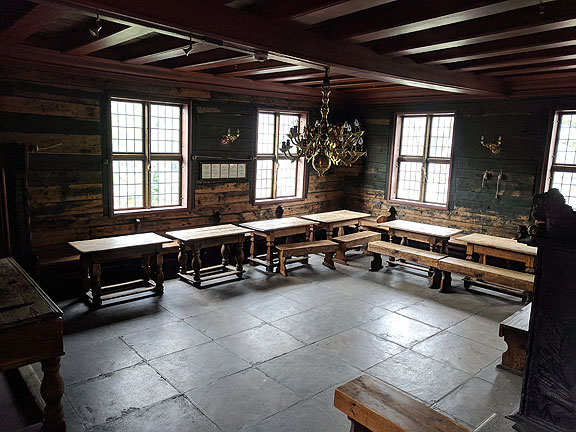

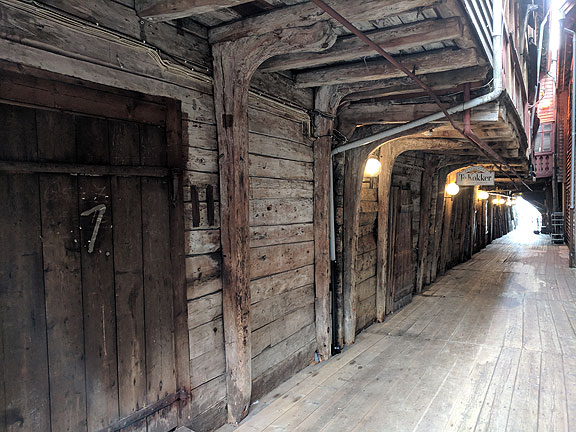
Now we are up against another dramatic period of climate disruption, and once again, the rich and powerful will treat the crisis as an opportunity to extend their power and increase their wealth, impoverishing the majority and trying to foreclose alternatives. While wealth is being hoarded, forests are being devastated (according to Dahr Jamail, from 2011 to 2013 Russia alone lost an average amount of forest each year equal to the size of Switzerland, while in 2014 the planet lost more than 45 million acres of tree cover), and the ice is melting faster and faster. Since the 1950s the earth has already lost 9 trillion tons of ice, an inconceivable quantity only made tangible for those who have watched the steady retreat of mountain glaciers in the Rockies, the Alps, the Himalayas, and the Andes. River flows will diminish downstream of all these disappearing glaciers, which means drinking water on most of the world’s continents will soon be in trouble. Denialism is riding high in the United States and apparently spreading to other countries too, notably Brazil. Andreas Malm tries to explain why this seemingly insane refusal to believe the scientific consensus is happening:
Support for existing social hierarchies strongly predisposes people to denial. So does approval of capitalism…. If knowledge of th[e warming] world is a threat to their positions, and if the perception of that threat fuels their denial, it follows that vocal denialism is not an atavism or a fading force, as many were lulled into thinking in the years of Barack Obama. Rather, one is led to the prediction that the higher the temperatures, the more conclusive the science, the more radical the required measures of mitigation, the more confident and belligerent the denialism of the winners will be… One meta-analysis of studies from fifty-six countries found that identification with the right is by far the strongest predictor of skepticism towards climate science: people affiliated with conservative parties, loyal to the free market and ‘inclined to value elites and the status quo’ exhibit the deepest reluctance to take in the knowledge of what is going on.
Other responses to the current situation are emerging too. For some parts of the socialist left, the dominant discourse of the environmental consensus is part of the problem. The task is not necessarily to stop using any specific technologies but to take them over and run them democratically. I’ve written previously about the “accelerationists” and Leigh Phillips is an almost-accelerationist in his “defense of growth, progress, industry and stuff… It is the counter-Enlightenment credo of that clutch of related concepts—degrowth, anti-consumerism, catastrophism, technophobia, localism and small-is-beautiful limits—that so dominates in contemporary culture.” He consistently blames the climate crisis and most other ills on the free market and capitalism, and in general I agree with him. But he is weirdly naive about technologies that are clearly terrible, from nuclear power (“We also know that the new generation of dramatically safer reactors employing passive-safety systems physically cannot melt down, and that safe methods of waste disposal are proven.” What the fuck?!!) to synthetic biology and genetic modification. He uncritically accepts the idea that genetically modified food is safe and even proposes that “Big Organic” is behind a campaign of doubt seeded to promote their own market niche against the competition.
Against the degrowth advocates, critics of progress and the Enlightenment, those who favour an improvement in the human condition must rehabilitate Prometheanism—the idea that there are no limits other than the laws of physics to how we can re-engineer ourselves and the world around us.
This rousing call concludes a book that continuously puts forward some of the worst ideas of the “crunchy left” as he calls it, and then insists that these ideas dominate the discourse. I sometimes agreed with him, but overall I’m surprised that someone with the witty rejection of green lefty platitudes is so uncritical about the claims of industrial technologies and is such a blind advocate of “growth and stuff.” The limits we face are not simply physics, but are derived from a deeper understanding of how natural systems make up a global ecology that we must figure out how to work within rather than against. We can no longer treat nature as inert or as our dominion, or as a bundle of exploitable resources. We have to figure out a different way to produce our materially abundant lives that works with rather than against natural systems. Permaculture and agroecology point the way, both modern design sciences that rethink the very idea of limits (and are often populated with “crunchy leftists”!). It’s not just romantic to see the importance of ecological logic, it’s a common sense that goes against the grain of the prometheanism promoted by Phillips, and more commonly by the devotees of ruling class consensus.
So we have to find a collective ingenuity in the face of the disaster we’ve baked in to the global climate. We can reorganize our daily lives into an abundant life rooted in a long-postponed justice and equity, and that is designed to radically reduce carbon emissions, and to get us off the treadmill of endless work for its own sake. The work we do now and the way it’s organized is unresponsive to deliberate decision-making by the vast majority of us. That is the problem and there is no way that more “jobs” planned and organized by those who control the lion’s share of wealth and political power will adequately address our predicament. The work we do in the future will have to be radically democratic, and deeply embedded in a logic that respects global ecological limits; perhaps we’ll choose to embrace E.O. Wilson’s proposal to abandon 50% of the earth’s surface to other life forms—it seems only reasonable.
Andreas Malm puts it pretty clearly:
…if both the 1.5°C and 2°C guardrails turn out to have been breached, should we conclude that the storm is raging uncontrollably and that we might just as well start playing the fiddle? No. We should conclude, first of all, that building a new coal-fired power plant, or continuing to operate an old one, or drilling for oil, or expanding an airport, or planning for a highway is now irrational violence… Some on the left maintain that progressives should not stoke panic—they ought to be less ‘catastrophist’ and ‘apocalyptic’–but if we accept the principles of climate realism and stay up to date with the science, the boot is entirely on the other foot. … Dare to feel the panic. Then choose between the two main options: commit to the most militant and unwavering opposition to this system, or sit watching as it all goes down the drain.
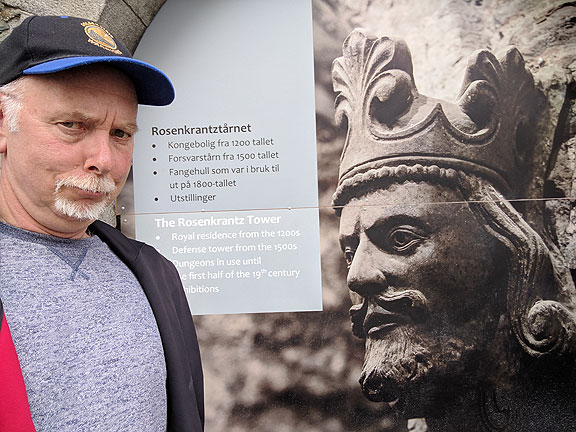
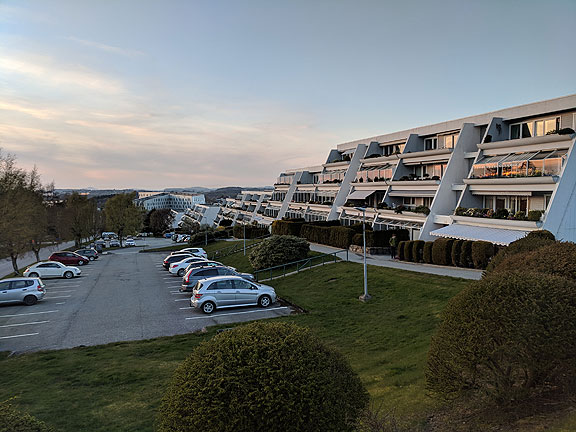

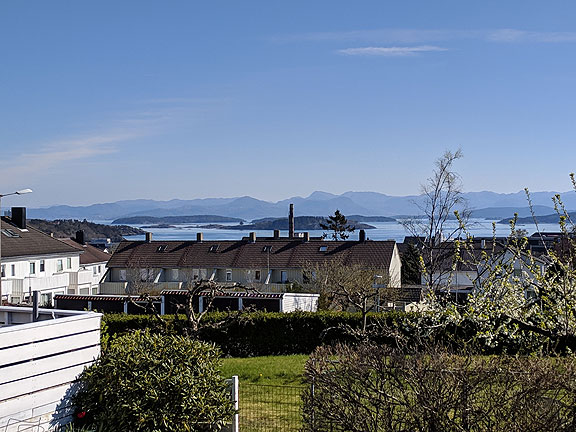
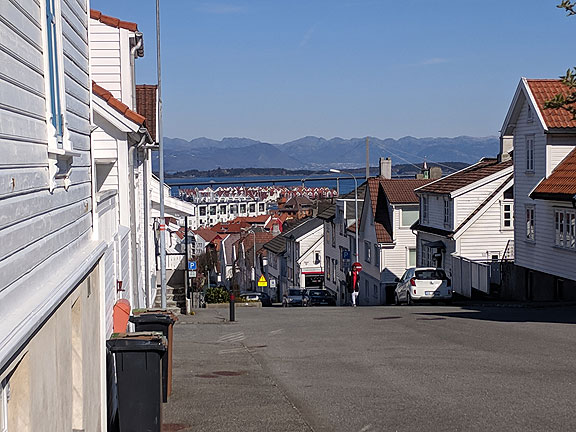
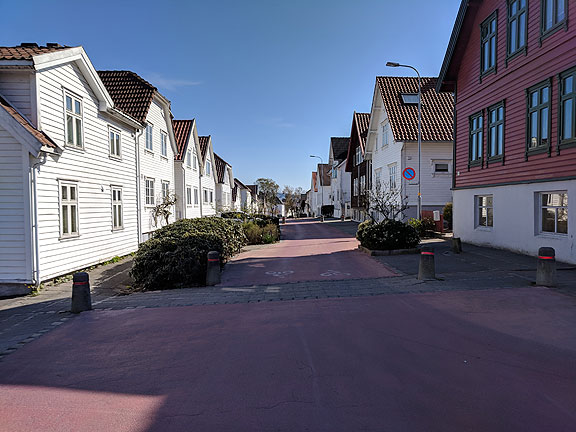
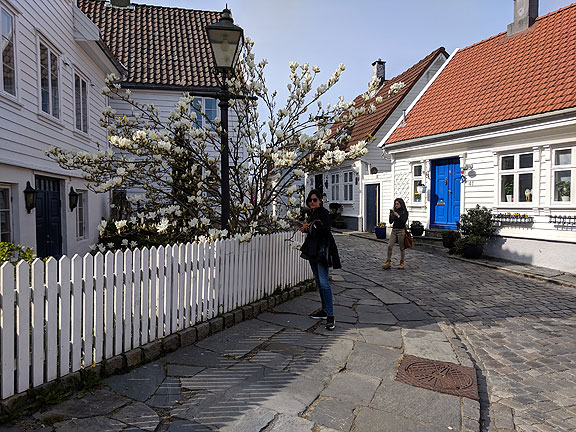
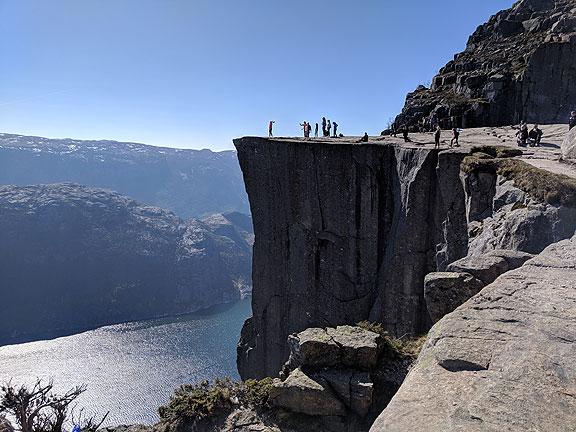



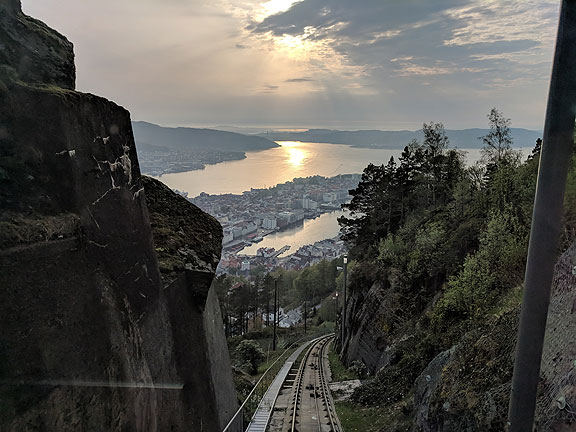
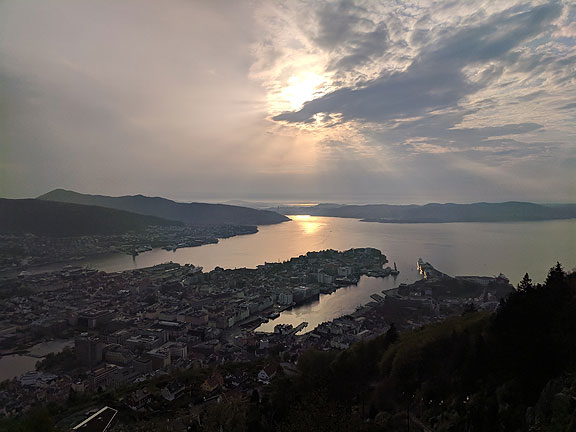
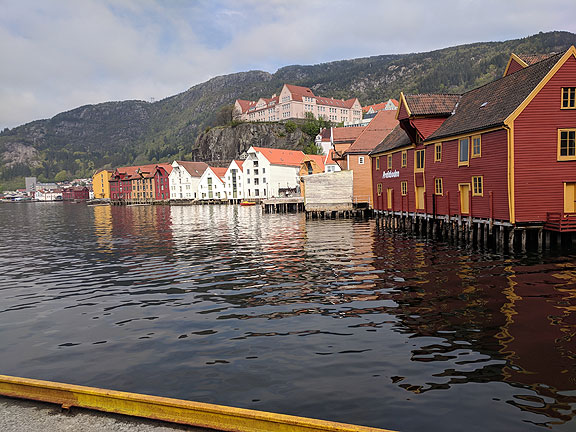
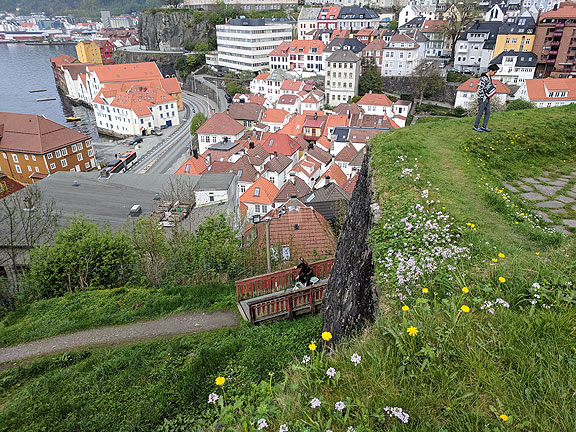
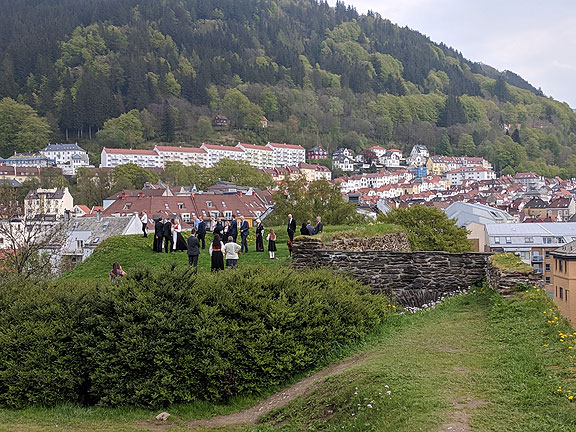
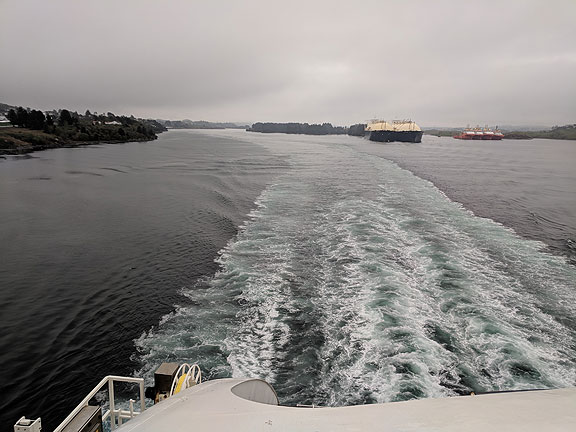
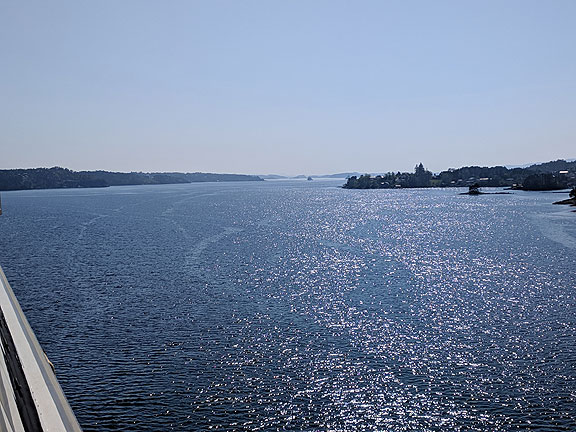
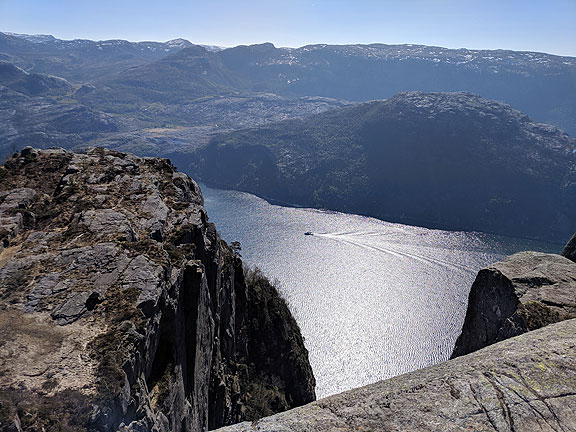
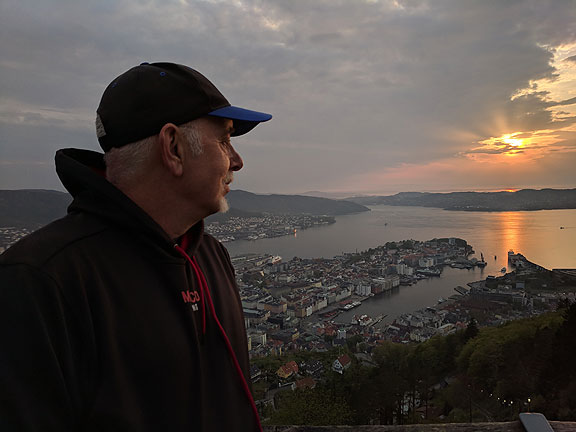












Chris love to read your blog look at your pics your perspective is right on wish there were more writers like you also have most of your books too guess I am a cc groupie thanks for taking the time to create such a cool web site best to you bruster
I’m waiting . . . 🙂
Congratulations on your history at Processed World getting memorialized in Louis Hyman’s new book “Temp: How American Work, American Business, and the American Dream Became Temporary.”
Soon they’ll be making a movie based on it, right?
Good to have you back blogging – 1000 readers is no joke.
We all generate a predilection for putting forth variations on the same theme and structure, so as
the resident nihilist here, I’d say your first parts are hard-hitting and very well put forth, but that at the end the evidence gets tossed aside to go with some of the “crunchy leftist” uplift.
Our next phase of social reality “will have to be radically democratic” in theory and dreams, but as with the entirety of the recent past, there is absolutely not one piece of evidence that there is the slightest social power, either latent or aborning, to make this so.
Andreas Malm may issue the usual clarion call at the end for the “most radical and militant unwavering opposition” to the system, but neither he, nor anyone else, is capable of becoming anti-carbon in actuality.
Doesn’t every blog post deserve a nay-saying nihilist to rain on the parade?
Great to have you back chris love your blog hope to read more about your perspective in the near future peace out bro bruster